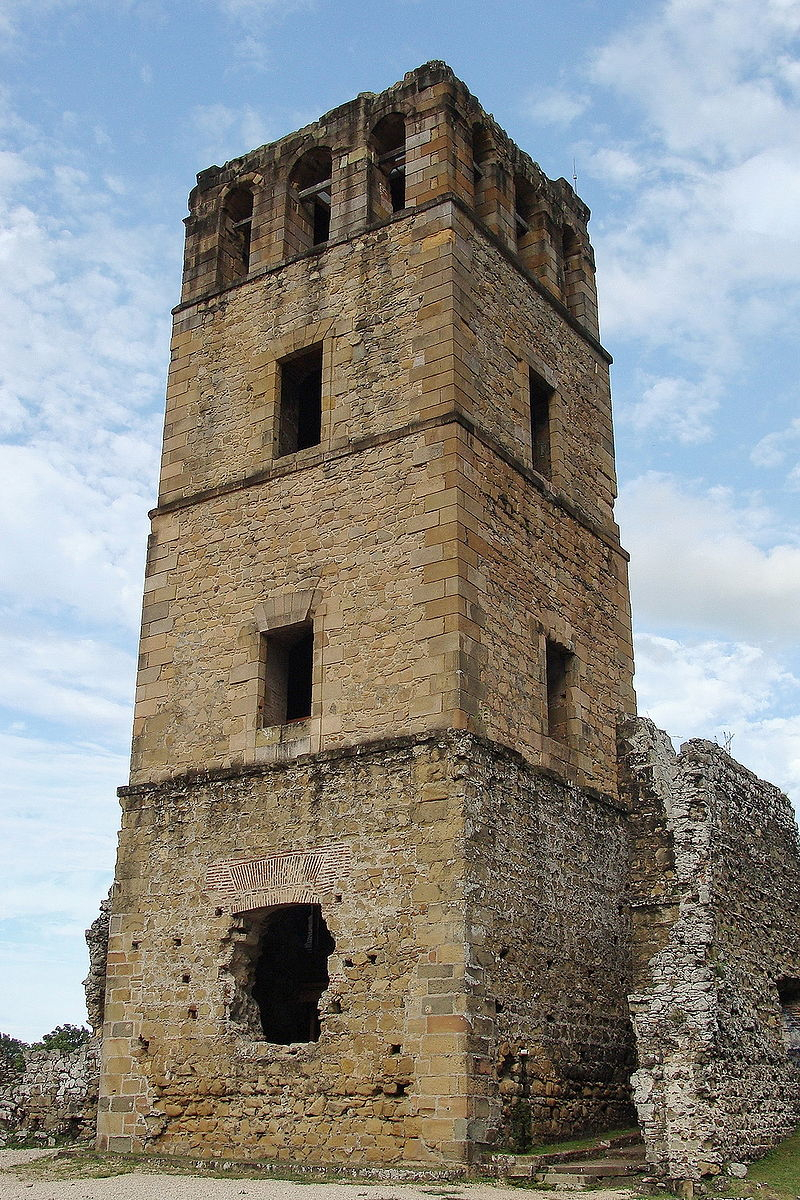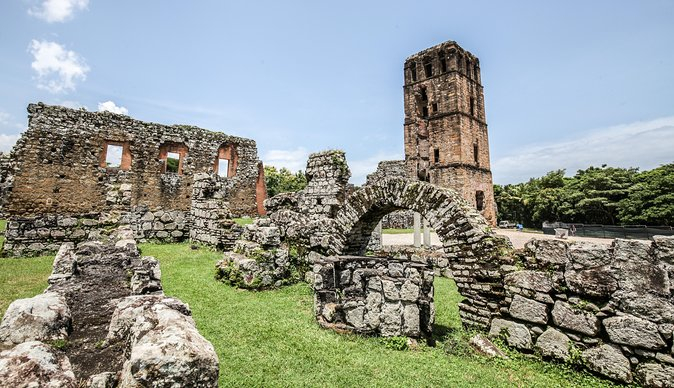Panamá Viejo
Panama Viejo (or Panamá la Vieja), which means Old Panama, is the only part of the historic Panama City that has been preserved. It was the first European city that was constructed on the Americas' Pacific coast. The city was founded in 1519 by conquistador Pedro Arias de Ávila, a Spanish conquistador.
In 1532, the initial function of Panama Viejo is to conquest expeditions to the Inca Empire of Peru, South America. The city, on the other hand, became a key location for the shipment of gold and silver back to Europe, which attracted many pirates and resulted in a number of raids.
On December 22, 1976, Panamá Viejo was recognized as a Historical Monumental Complex. The site contains the ruins of the first European settlement on the Americas' Pacific Coast, as well as traces of the Isthmus' early residents. On the 28th of January 1671, Captain Henry Morgan led an attack on the jungle, marching through it with 1,400 soldiers from the Caribbean shore and completely destroying it. The site's ruins are currently one of the most beautiful historical tourist attractions. In addition, it has been a UNESCO World Heritage Site since 1997, along with Panamá's historical area.
Location: Panama City









